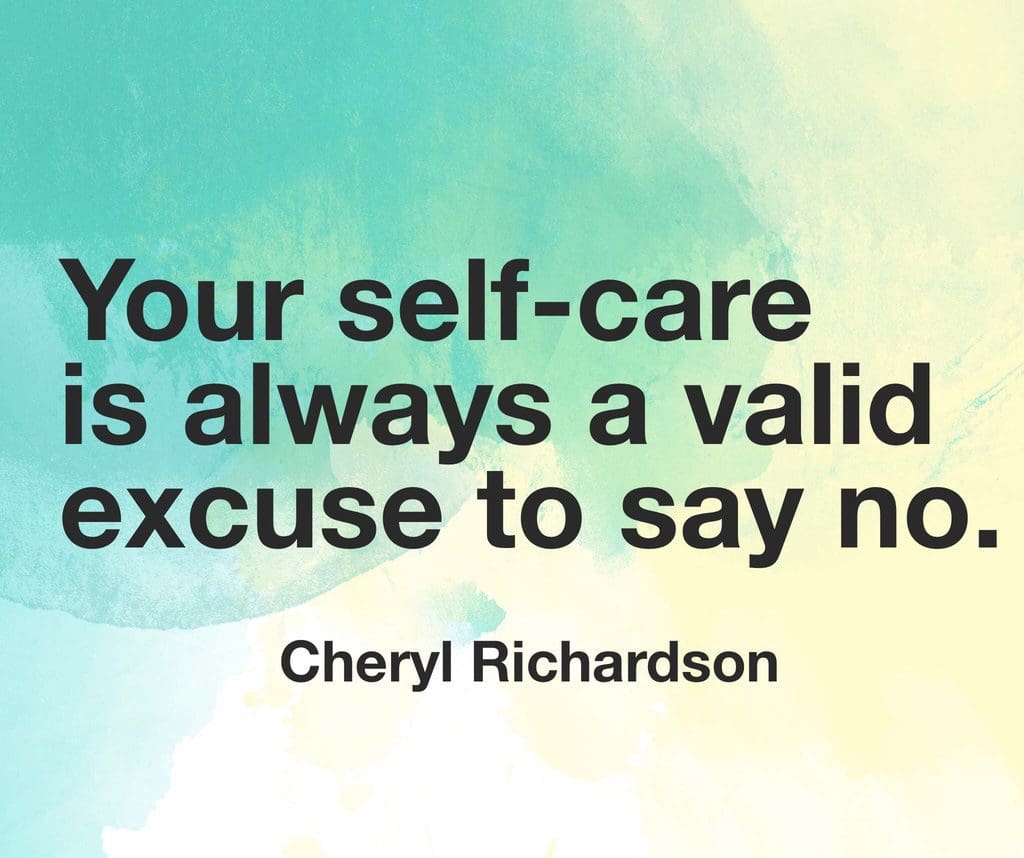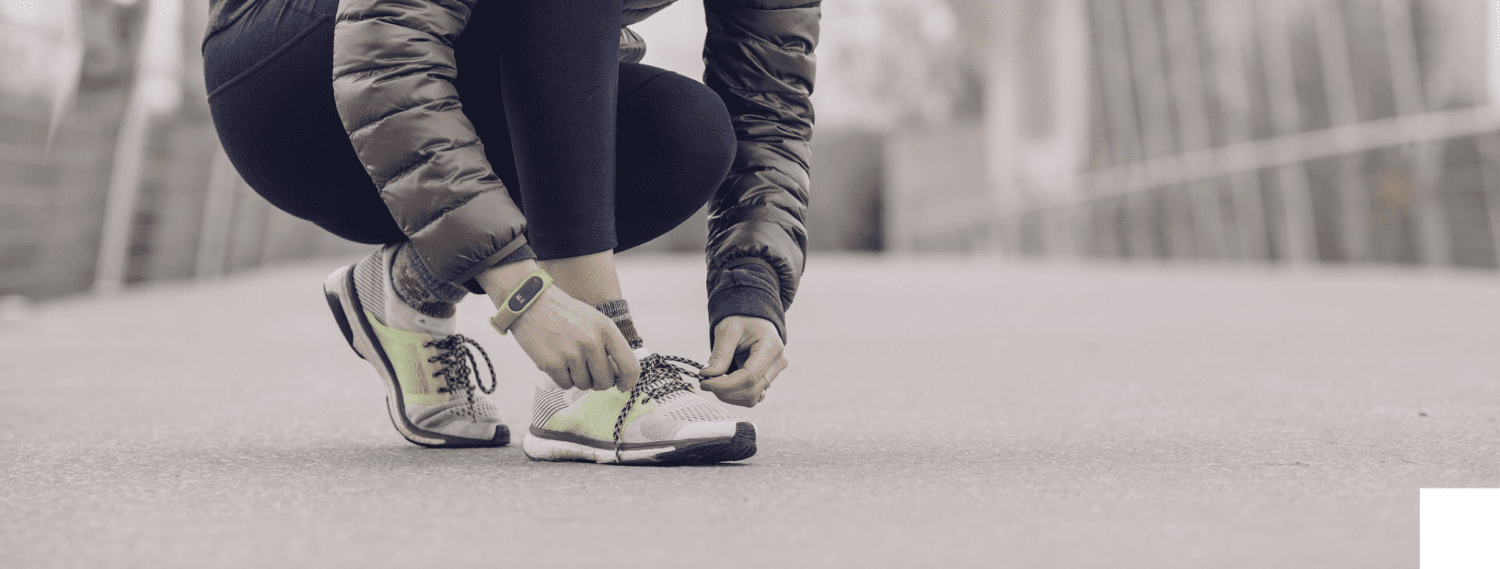
Learning to say “No” like a pro!
December 6, 2017 in Educate Yourself
I’m a people-pleaser all the way through. Not only do I have my own activities that I like to participate in, but whenever I am asked for help, I always say “Yes!” and “Of course!” I never really thought about it as a problem, as I always told myself that I worked better under stress. Plus, I made people happy by helping them out with their tasks! So isn’t it a win-win for everyone?

This year I started to pile on a lot of activities. Many of the things I said “Yes” to actually turned out to be long-term commitments, and now my plate is quite full! Then this fall, I started to feel burnt out. And that’s when it finally hit me:
I can say “No.”
I know what you’re thinking. “Obviously, tea_rex_627, you can always say no.” However, saying no can be really difficult, especially when you’re overly concerned about what other people will think if you turn them down. It often can feel just as stressful to say “No” as it does to say “Yes.” Find out more about how to manage the guilt and stress that comes from saying no.
I found an article in the New York Times to be really helpful in dealing with this kind of problem.
It has some tips on learning to say no, such as practicing it in low-stake situations and using stronger language like “I don’t” instead of “I can’t.” It also talks about some of the psychology behind how we view situations in which we say “No.” It turns out that when you think saying ‘No’ is going to sound confrontational, that actually most people on the receiving end tend not to see it that way!
This week, I was asked if I would be willing to help out with a local group. It would be a time commitment, and while I could probably work it into my schedule, I knew that I was too stressed with all of my current obligations. I politely said “No”, and let me tell you — it felt GREAT!
Need more helping in saying no? Try this exercise and create your Absolute Yes List. Once you have created a list of your top priorities:
- For one week, keep track of how many times you said yes to something that is not on your Absolute Yes List.
- At the end of the week, tally up the number. Are you surprised? Awareness is the first step to realigning your decisions and priorities.
- Make a list of five things you’d like to say no to. Then start practicing saying no to them.
What would you say ‘No’ to, if you could with no guilt or consequences? Do you have any other techniques that helped you learn to say no more often? Please share in the comment section below!




Recent Comments